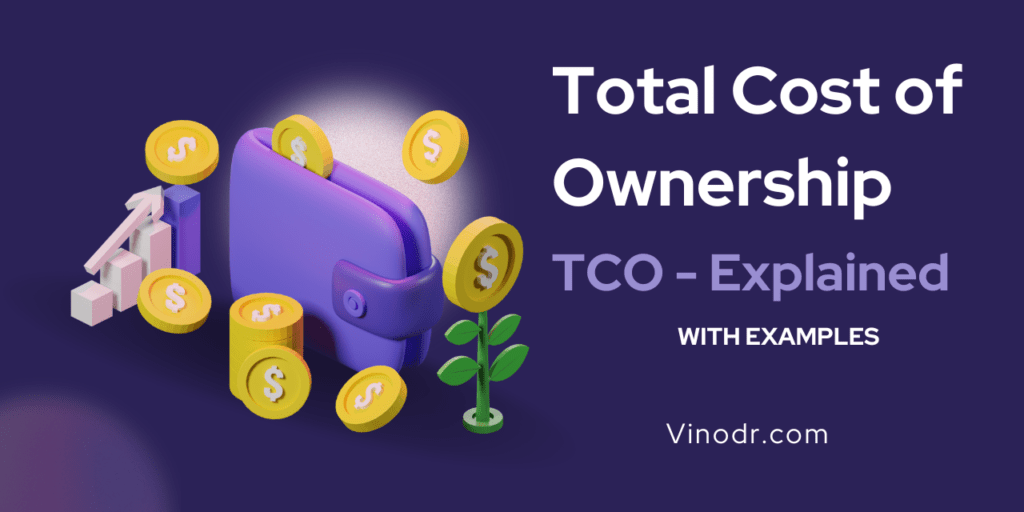Zero Based Budgeting
Zero Based Budgeting Mastering Your Finances Managing personal finances is a crucial skill that empowers individuals to achieve their financial goals and dreams. One effective method for taking control of your money is zero-based budgeting. This approach ensures that every dollar you earn has a purpose, helping you make informed spending decisions and achieve financial stability. In this blog post, we’ll explore the concept of zero-based budgeting and provide you with simple examples to get you started on your journey to financial success. What is Zero-Based Budgeting? Zero-based budgeting is a budgeting method in which your income minus your expenses equals zero. Unlike traditional budgeting, where the focus might be on estimating income and allocating funds to different categories, zero-based budgeting requires that every dollar you earn is allocated to a specific category or purpose, leaving no room for unallocated funds. The Basic Steps 1. Calculate Your Income: Begin by determining your total income for a specific time period, such as a month. This includes your salary, side hustle earnings, and any other sources of income. 2. List Your Expenses: Make a comprehensive list of all your expenses. Categorize them into fixed expenses (e.g., rent, utilities) and variable expenses (e.g., groceries, entertainment). 3. Assign Dollar Amounts: Allocate a specific dollar amount to each expense category. This is where the “zero-based” concept comes into play. Ensure that the sum of your allocations equals your income. 4. Adjust and Prioritize: If your allocations exceed your income, you’ll need to review and adjust your expenses. Prioritize essential categories while considering where you can cut back. 5. Track Your Spending: As the month progresses, track your expenses to ensure that you’re sticking to your allocations. This awareness helps you make real-time adjustments if necessary. Examples 1. Monthly Income: $3,000 – Fixed Expenses: – Rent: $1,000 – Utilities: $150 – Car Payment: $250 – Variable Expenses: – Groceries: $300 – Dining Out: $100 – Entertainment: $50 – Miscellaneous: $200 In this example, your allocations sum up to $2,050, leaving $950 unallocated. To adhere to zero-based budgeting, you could assign that extra $950 to savings, debt repayment, or a specific financial goal. 2. Monthly Income: $4,500 – Fixed Expenses: – Mortgage: $1,200 – Insurance: $150 – Utilities: $180 – Loan Payments: $350 – Variable Expenses: – Groceries: $250 – Travel: $200 – Shopping: $150 – Hobbies: $100 – Savings: $200 In this scenario, your allocations amount to $2,780, resulting in an unallocated amount of $1,720. You might decide to increase your savings contributions, allocate more to debt repayment, or even invest the surplus. Zero-based budgeting is a powerful financial tool that promotes intentional and responsible money management. By ensuring that every dollar you earn is allocated to a purpose, you can take control of your finances, achieve your goals, and build a secure financial future. Whether you have a simple or complex financial situation, zero-based budgeting can help you make the most of your resources. Start small, track your progress, and watch your financial confidence grow. Also Read Zero Based Budgeting The Rule of 72 – Doubling Your Money with Math Total Cost of Ownership (TCO) Nexo.com Review Return on Capital Employed (ROCE) Financial Wisdom through Quotes India is Killing Cryptocurrency: The Slow Death of Indian Cryptocurrency Eco-system Midlife Crisis Surrounded by People, Yet Drowning in Loneliness: The Heartbreaking Paradox You Won’t Believe! How to Invest in Cryptocurrency
Zero Based Budgeting Read More »





